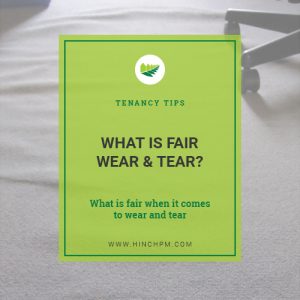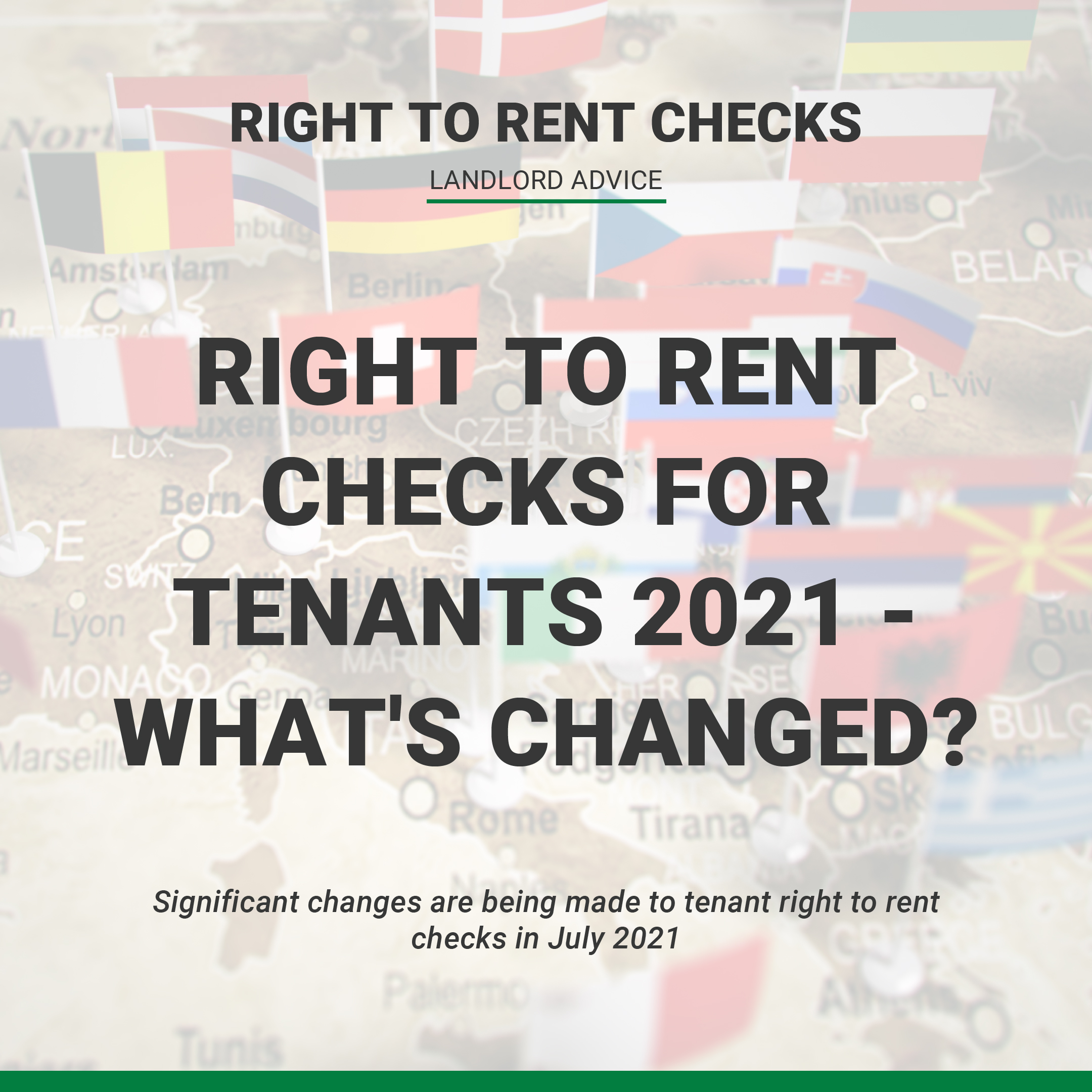What is Fair Wear and Tear, a Guide For Tenants and Landlords
Date: 10/4/17 Category: Landlord Advice, Tenancy Tips

What is Fair Wear and Tear? It’s a question that anyone involved with the property industry will hear on a near daily basis; however, for a question asked so much, there is very little in terms of a clear answer. This can be the case with something that is affected by opinion, however, there are guidelines and facts that can be used when deciphering the age-old questions of ‘Fair Wear and Tear’.
The Court defines Fair Wear and Tear as “Reasonable use of the premises by the Tenant and the ordinary operation of natural forces.”
The early questions to ask are ‘Could the dilapidation occur naturally or through general living when in the property?’, ‘Can you see a way this has happened naturally?’ and is tenant negligence to blame ‘on the balance of probabilities’? Remember ‘On the balance of probabilities’ is the certainty you need, this isn’t a court case.
If you can’t find the answer you are looking for after asking these first questions, you may need to look at the case in further detail. Every point below can have an effect on Fair Wear and Tear:
Length of the tenancy – Okay you knew this one, the longer the tenancy the more opportunity there is and the larger the bracket is for wear and tear
Age of the item/area – Remember that although an item or area may have been in a good order at the beginning of the tenancy, this doesn’t mean it was new and may, in turn, be some way through its lifespan (more on lifespans below). As an example, an Entrance Hallway that should be redecorated by a landlord around every 2- 3 years is tenanted 2 years into that timeframe with the walls in a good condition due to some very careful previous tenants. If after 1 year there are scuffs/marks that you would expect to see after the full 3 years, should the landlord financially benefit from this? The fact is 3 years has passed and the landlord should be redecorating again.
Location within a property – High traffic areas will encounter more wear and tear than your less used rooms. The hallway will be used more often than a dining room, for example, meaning you may expect a side table in the hallway to show a few more minor marks to the top
Quality/material of item/area – With most things in life you ‘get what you pay for’ and the more hard wearing they are, the longer the lifespan is; thus, the larger resistance to damage you would give them. Plastic is easier to break than metal, try it*
Number of occupants – Another fairly straight forward one, more wear and tear will be permitted for 2 tenants than there would be for 1
Type/age of occupants – Was the property rented to a young family? If so more wear and tear is expected and permitted. Taking this a step further, you would expect a young child’s bedroom to show more signs of wear and tear and again this must be considered when deciding.
Lifespan – As mentioned earlier on in the piece, ‘Lifespan’ is critical in any Fair Wear and Tear claim. With any claim from a deposit, the starting points are the age of the item/décor and how many years into that we are (there is a useful example table below which may help with any claim). This is relevant to wear and tear as if the lifespan of the item has passed, no cost is required.
a) Cost of similar replacement carpet/item = £500
b) Actual age of existing carpet/item = 2 years
c) Average useful lifespan of that type of carpet/item = 10 years
d) Residual lifespan of carpet/item calculated as ‘c)’ less ‘b)’ = 8 years
e) Depreciation of value rate calculated as ‘a)’ divided by ‘c)’ = £50 per year
f) Reasonable apportionment cost to tenant calculated as ‘d)’ times ‘e)’ = £400
Use of the item – How often an item is used has a large effect on the lifespan and therefore a large effect on ‘Fair Wear and Tear’. This is very much linked to ‘location within the property’ and very much is under the same premise.
Tenancy Agreement – This is after all the overriding document. the obvious example is if pets were permitted in the tenancy agreement, the allowance for wear and tear would increase. The flip side of that is, if an agreement requires the walls to be freshly painted at the end of the tenancy in the Tenancy Agreement, this should be done, regardless of ‘Fair Wear and Tear’.
Property Defects/Maintenance – A tenant cannot be blamed if scrapes/scuffs are caused by historical tight/loose fittings and this would fall under ‘Fair Wear and Tear’. This said, there is a requirement for a tenant to advise a landlord/property manager should this start to occur during the tenancy; and a cost can be placed if this isn’t the case.
Fair Wear and Tear only really becomes difficult when there is a dispute. The difficulty found due to ‘opinions’ with ‘Fair Wear and Tear’, is far outweighed by the pleasant fact that it is decided using practicality and rationality other than rigid guidelines which, providing there are 2 understanding parties, can lead to the correct resolution.
*Don’t actually try this!
Scheduling regular interim property visits can be an effect way of monitoring the condition of your property and ensuring tenants are treating it with respect, are you aware of the power of a property visit? You can read more here!
Related Articles
Share this article:
Back to blog













